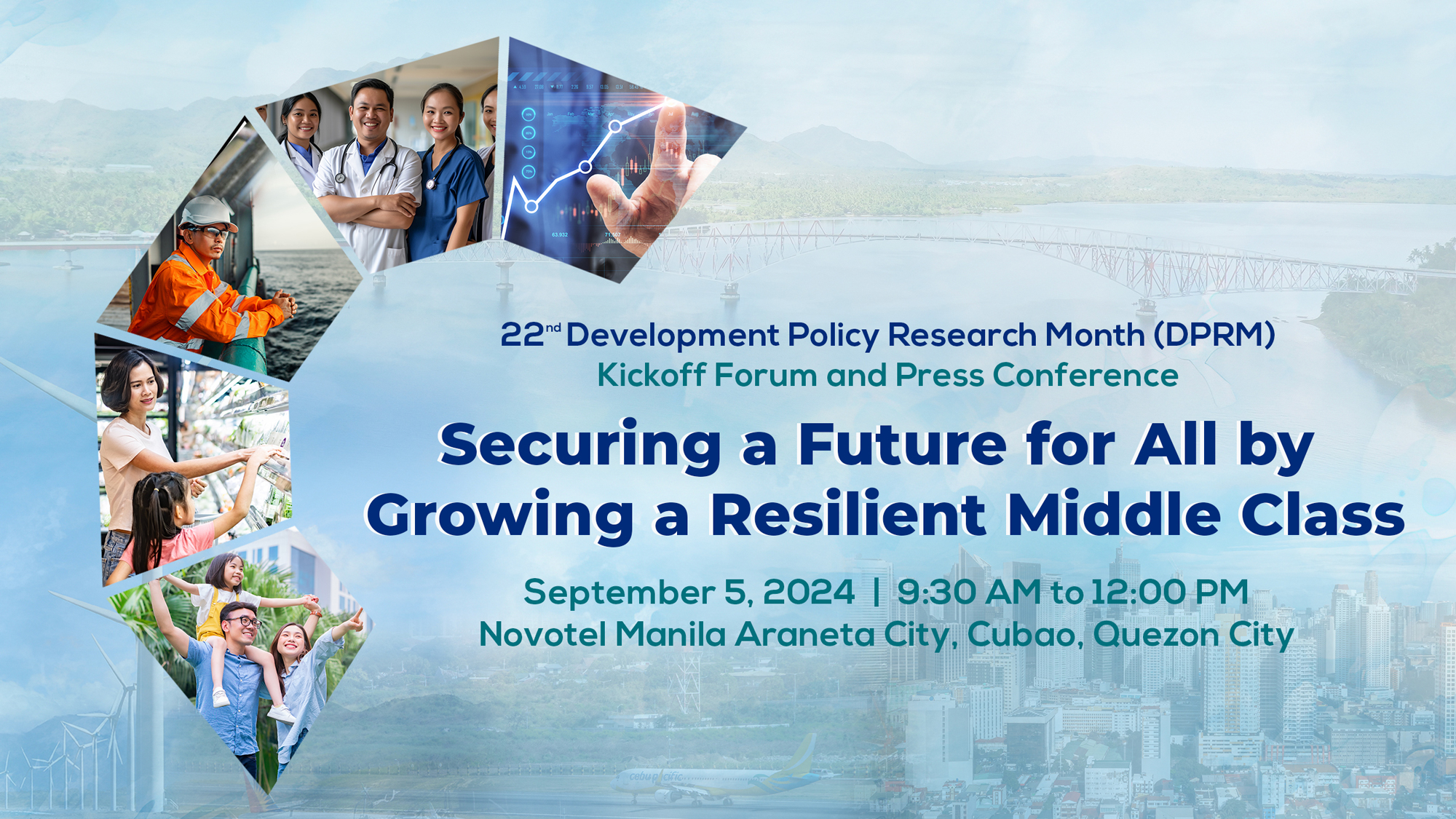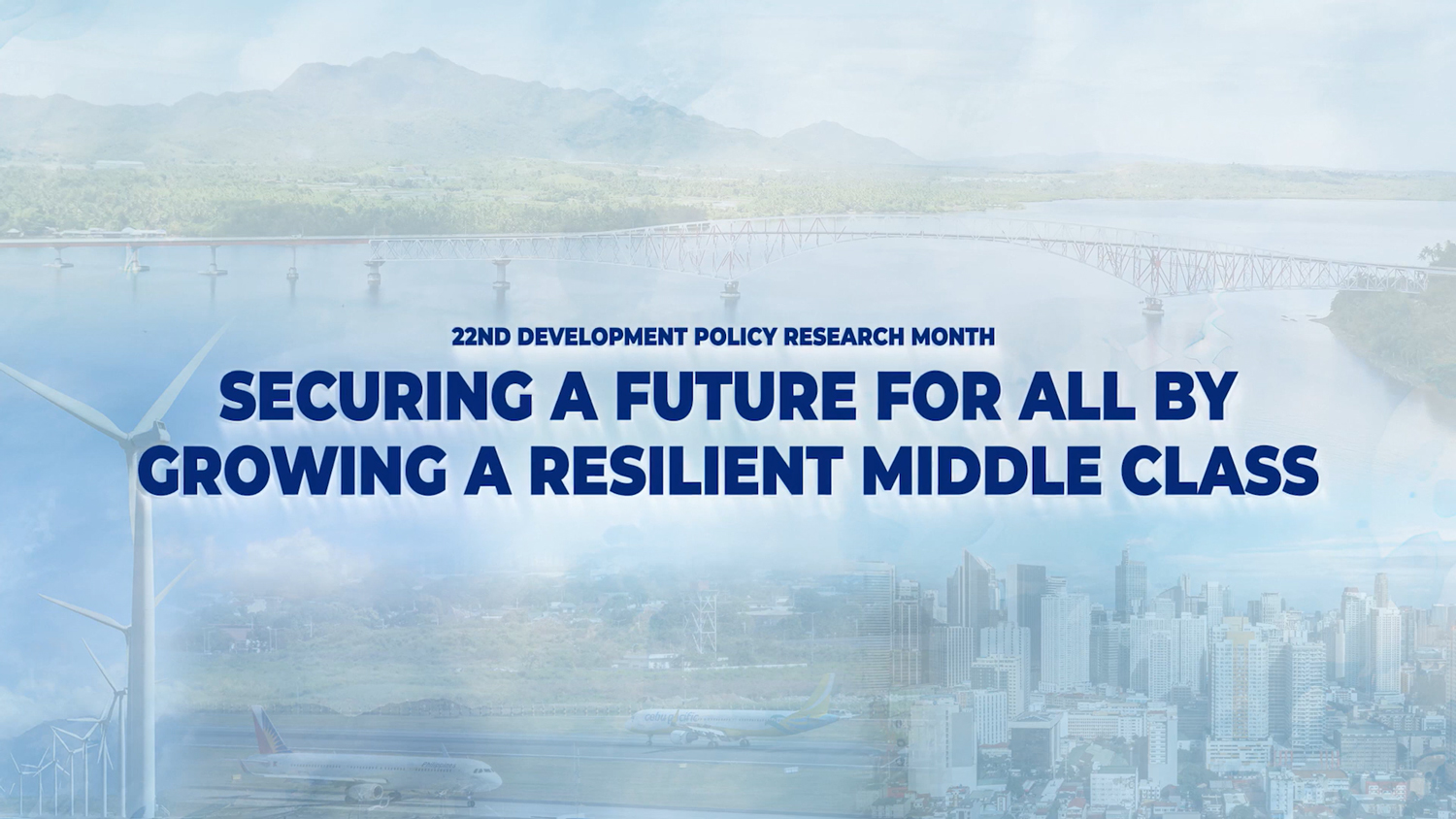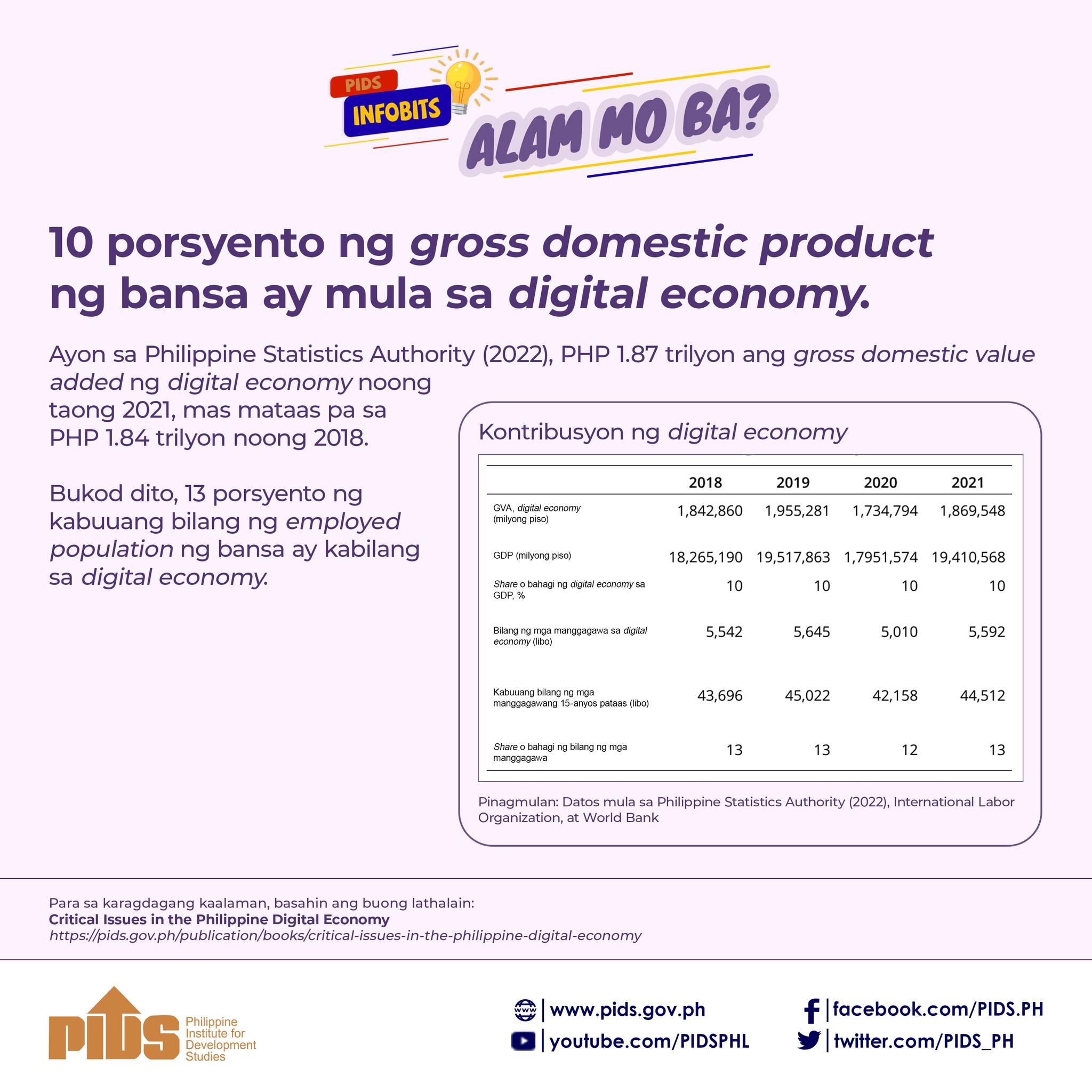Metro Manila (CNN Philippines, April 15) — The government risks dealing a ₱150-billion blow to the Philippine economy if it decides to extend the Luzon-wide enhanced community quarantine by one more month, a study by the Philippine Institute for Development Studies warns.
The government think tank said in the study published early this month that these losses may happen because of possible declines in household consumption as many workers remain unemployed for longer periods.
It added that imposing community quarantines, or what some government officials have already described as lockdowns, would not sufficiently contain the outbreak of COVID-19.
In its modelling, the think tank projected that not implementing additional strategies to contain the virus once lockdowns are lifted would lead to a peak in cases--to more than eight million--as early as September 2020.
The think tank said that on top of lockdowns, the government should also ramp up on testing for COVID-19 and speed up on isolating patients with symptoms of the respiratory disease caused by the SARS-CoV-2 virus.
If the government is able to isolate around 70 percent of patients who show COVID-19 symptoms and ramps up testing, the think tank predicts that the disease would peak only in May 2021 with 904,000 cases, even if the Luzon-wide enhanced community quarantine is partially lifted.
However, it may peak as early as August of this year with 18.9 million cases if no mitigating actions are taken to contain the virus. That would deal a bigger blow to the economy, it said.
“In a no-intervention scenario … the Philippines may lose about ₱2 trillion in foregone gross value added as a result of weaker household demand as more workers are unemployed for extended periods of time,” the think tank warned.
But still, at the best case, the think tank said the COVID-19 crisis can deal a ₱276.3-billion loss to the economy.
The Inter-Agency Task Force for the Management of Emerging Infectious Diseases said Tuesday it was discussing what measures it will take and implement after April 30, the expected end-date of the enhanced community quarantine over Luzon.
Cabinet Secretary Karlo Nograles, the task force’s spokesperson, said they will identify what industries could be allowed to operate or who among the labor force could get back to work.
The private sector has been calling for a "modified" quarantine where barangays or areas with limited infections can be allowed to return to work, rather than the current stringent lockdown.
That suggestion has been taken up with President Rodrigo Duterte, Philippine Chamber of Commerce and Industry president emeritus George Barcelon said.
As of March 15, a total of 5,453 people have contracted COVID-19 in the Philippines. Of them, 353 have died and 349 have recovered.
The government think tank said in the study published early this month that these losses may happen because of possible declines in household consumption as many workers remain unemployed for longer periods.
It added that imposing community quarantines, or what some government officials have already described as lockdowns, would not sufficiently contain the outbreak of COVID-19.
In its modelling, the think tank projected that not implementing additional strategies to contain the virus once lockdowns are lifted would lead to a peak in cases--to more than eight million--as early as September 2020.
The think tank said that on top of lockdowns, the government should also ramp up on testing for COVID-19 and speed up on isolating patients with symptoms of the respiratory disease caused by the SARS-CoV-2 virus.
If the government is able to isolate around 70 percent of patients who show COVID-19 symptoms and ramps up testing, the think tank predicts that the disease would peak only in May 2021 with 904,000 cases, even if the Luzon-wide enhanced community quarantine is partially lifted.
However, it may peak as early as August of this year with 18.9 million cases if no mitigating actions are taken to contain the virus. That would deal a bigger blow to the economy, it said.
“In a no-intervention scenario … the Philippines may lose about ₱2 trillion in foregone gross value added as a result of weaker household demand as more workers are unemployed for extended periods of time,” the think tank warned.
But still, at the best case, the think tank said the COVID-19 crisis can deal a ₱276.3-billion loss to the economy.
The Inter-Agency Task Force for the Management of Emerging Infectious Diseases said Tuesday it was discussing what measures it will take and implement after April 30, the expected end-date of the enhanced community quarantine over Luzon.
Cabinet Secretary Karlo Nograles, the task force’s spokesperson, said they will identify what industries could be allowed to operate or who among the labor force could get back to work.
The private sector has been calling for a "modified" quarantine where barangays or areas with limited infections can be allowed to return to work, rather than the current stringent lockdown.
That suggestion has been taken up with President Rodrigo Duterte, Philippine Chamber of Commerce and Industry president emeritus George Barcelon said.
As of March 15, a total of 5,453 people have contracted COVID-19 in the Philippines. Of them, 353 have died and 349 have recovered.












